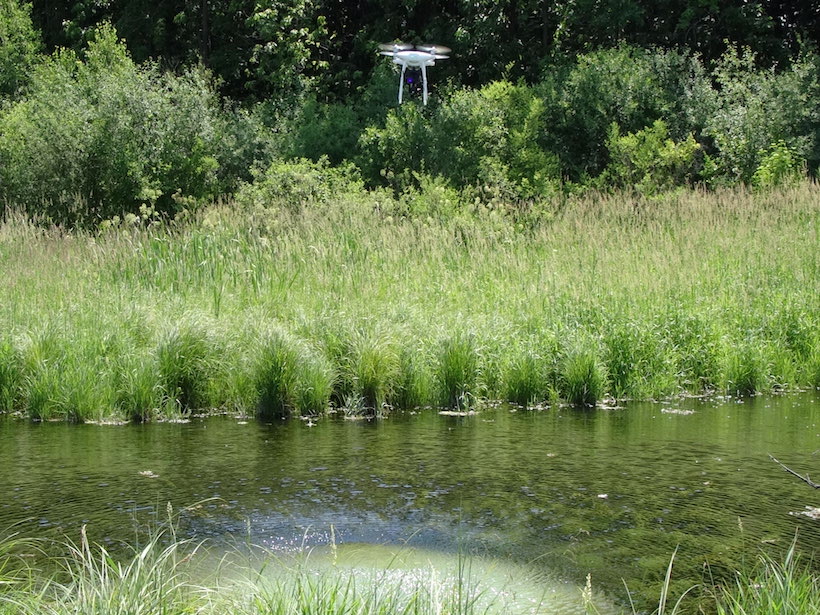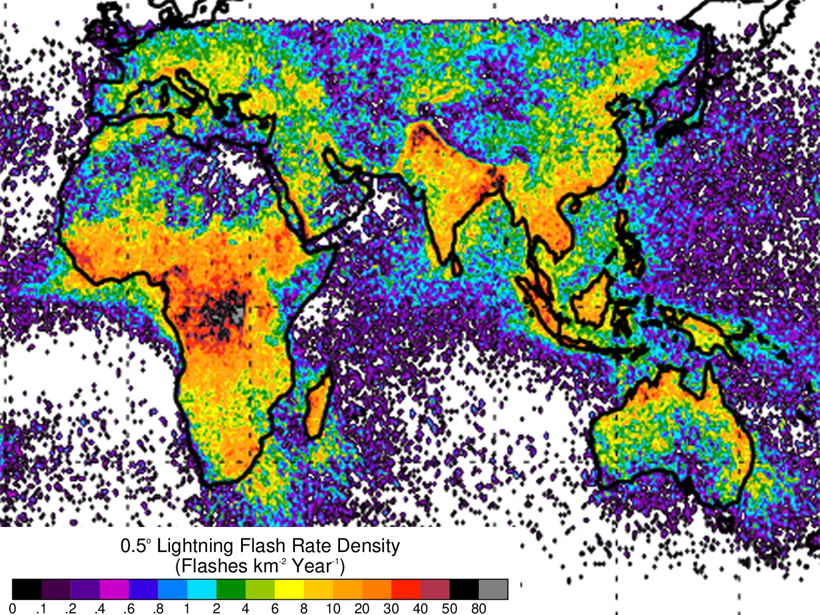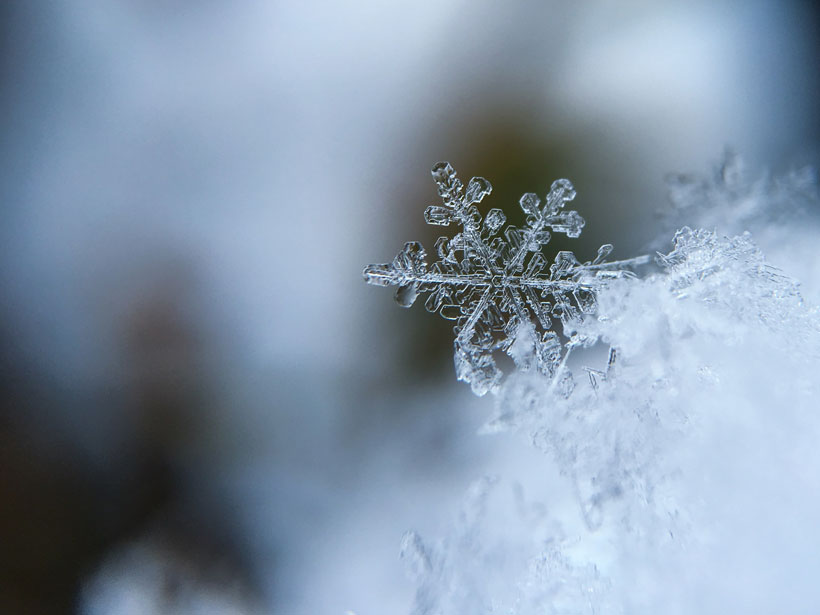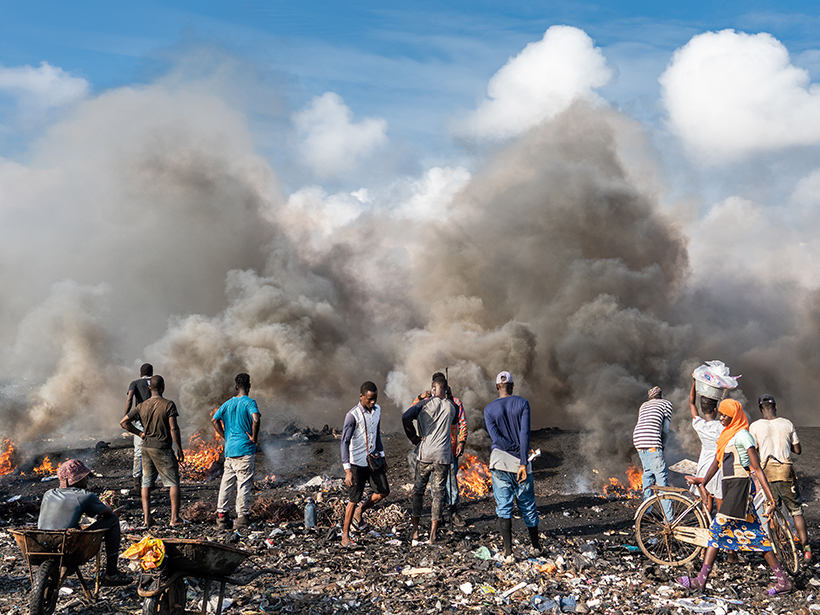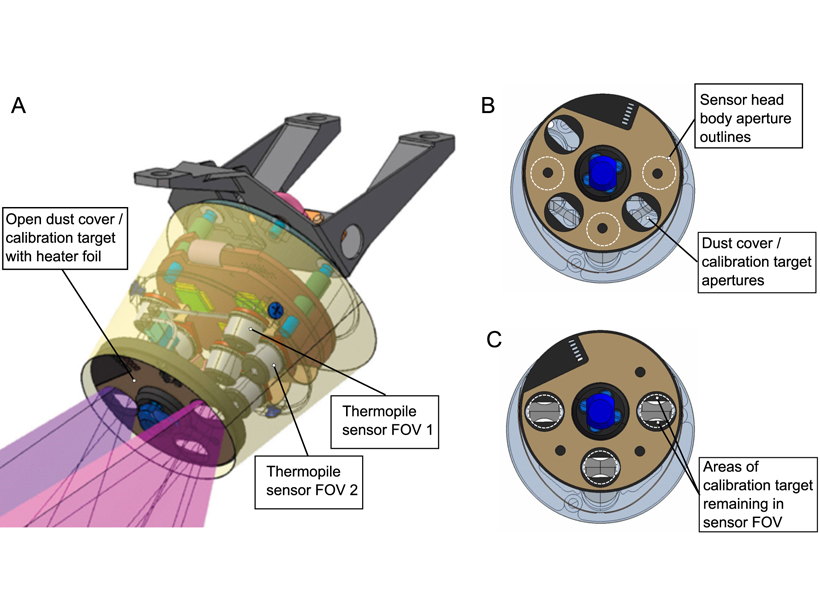Wisconsin geologists are testing using drones equipped with thermal cameras to measure shallow soil depths in areas prone to groundwater contamination.
cool tools
From Lava to Water: A New Era at Kīlauea
At Kīlauea Volcano, scientists are using unoccupied aircraft to monitor the new water lake, a possible harbinger of explosive activity, that formed after the volcano’s 2018 eruption.
The G20 Is Investing in Fossil Fuels
Among the G20, the United States and United Kingdom have invested the most in fossil fuels since the beginning of 2020.
A New Look at Global Lightning from the Space Station
The Lightning Imaging Sensor on the International Space Station provides an expanded view of global lightning that improves scientific understanding of the Earth as well as public safety.
New Tool Quantifies and Predicts Snow Droughts
A new metric for calculating snow water equivalence relies on three methodologies: modeling, satellite imagery, and direct observation.
Drones Help Bridge the Gaps in Assessing Global Change
New instruments in the research tool kit bolster scientific understanding of the ecology of a greening Arctic.
Mathematical Insights into the West African Monsoon
A tool from dynamic systems theory is helping atmospheric scientists identify how dust and moisture mix over West Africa.
Tracking Air Pollution from Ghana’s E-Waste Site
Researchers established a relatively low cost method that could help countries with limited monitoring capabilities measure particulate pollution in their skies.
All Hands on Deck to Catch Ion Cyclotron Waves
An international armada of orbiting satellites and ground VLF network join forces to form a “magnetosphere-ionosphere observatory” to size up electromagnetic ion cyclotron waves in the magnetosphere.
Insights from Calibration of the HP³ Radiometer on InSight
A detailed analysis of Heatflow and Physical Properties Package Radiometer on the Mars InSight lander, including changing instrument sensitivity and calibration coefficients.

